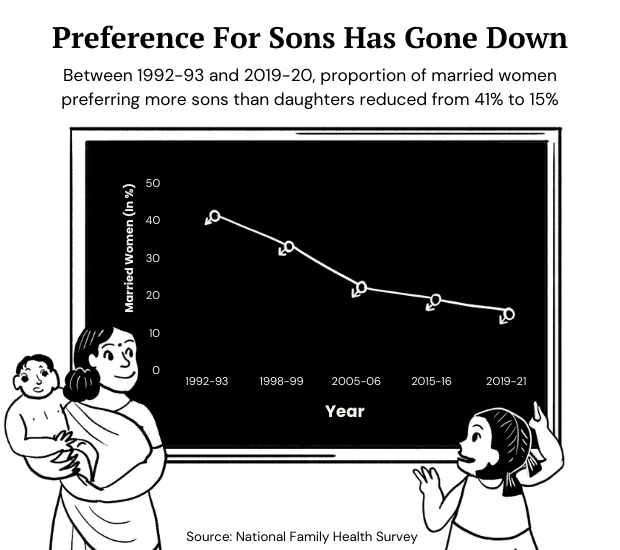[Readmelater]
Beti Bachao Beti Padhao Has Not Caused Any Significant Shifts: Report
Opacity surrounded the outcomes of the BJP-led NDA government’s flagship scheme for girl children. Data on sex ratio and education do not show significant changes

Support BehanBox
We believe everyone deserves equal access to accurate news. Support from our readers enables us to keep our journalism open and free for everyone, all over the world.






